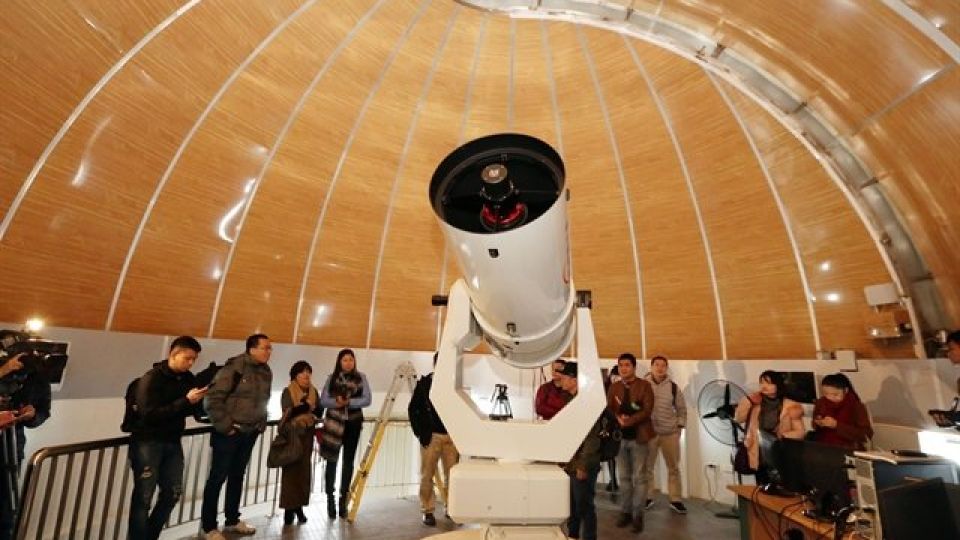November 5, 2024
HANOI – In November, skywatchers are in for a spectacular treat with two rare fireball meteor showers: the Southern Taurids and Northern Taurids.
These meteor showers, known for their bright, slow-moving fireballs, will be visible from Earth, with optimal viewing conditions expected.
The Southern Taurids, originating from the constellation Taurus, will peak on November 5. In Việt Nam, the best time to catch this cosmic display will be on the night of November 4 and into the early hours of November 5.
Space.com reports that 2024’s Southern Taurids will be easier to observe as the Moon will only reach about 15 per cent brightness during the peak, creating ideal conditions for spotting these dazzling meteors.
However, the Northern Taurids, which peak on the night of November 11 into the morning of November 12, may be somewhat obscured by the Moon’s 84 percent brightness, affecting the visibility of some of the dimmest meteors in the shower.
Although both Taurid showers are expected to produce a modest number of meteors per hour, they stand out for their size and brightness, making them some of the most remarkable of the year.
“The Taurids are rich in fireballs, so if you see a Taurid it can be very brilliant and it’ll knock your eyes out, but their rates absolutely suck,” NASA meteor expert Bill Cooke explained.
“It’s simply the fact that when a Taurid appears it’s usually big and bright.”
Unlike typical meteors, Taurid fireballs are larger, enduring longer as they travel through earth’s atmosphere. NASA notes that while most Orionid meteors burn up at around 93km altitude, Taurids can reach depths of 66km, putting on a longer-lasting show.
These meteors move at around 27km per second, much slower than meteors from the Perseid shower, which travel at 5km per second.
Although the Taurids appear to radiate from Taurus, they actually originate from the massive comet Encke, whose nucleus is about 4.8m wide.


